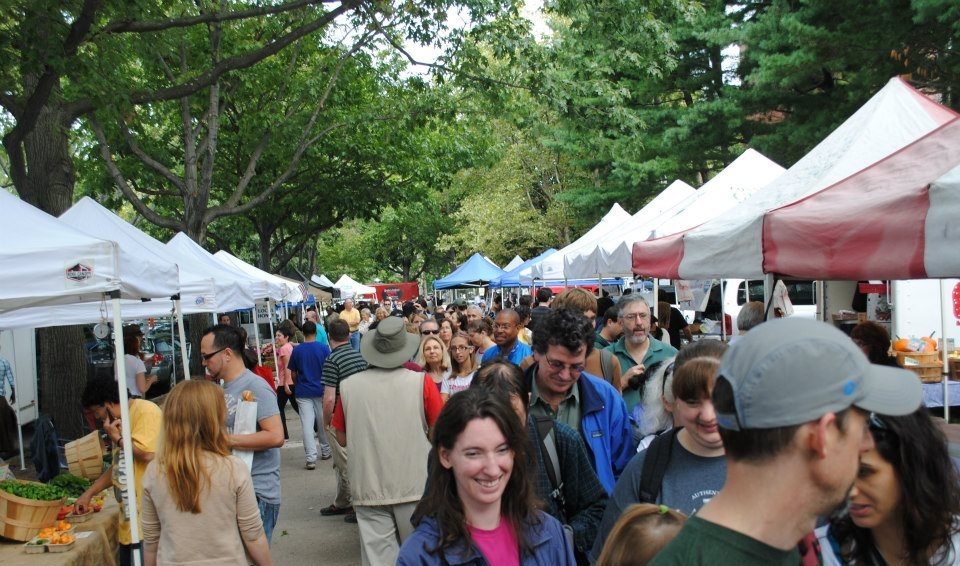
Although there is ample evidence for ‘connecting’ cities programmatically, there are fewer examples of ‘networks’ of cities working together for common cause, especially within the realm of economic development. Increasingly there have been efforts to create portfolios of cities in convenings that may lead to peer to peer information exchange, but this author has been looking for cooperative activities between families of cities with similar needs/profiles.
In terms of connecting cities, the ‘Sister Cities’ program stands out as one of the first international programs aimed to connect individuals across continents. Formally introduced by President Eisenhower in 1956, the Sister Cities International’s mission is to “promote peace through mutual respect, understanding, and cooperation — one individual, one community at a time.” [sister cities.org] These programs range in effectiveness and activities, depending on the core institutions that started the individual programs. Over time cross-border and cross-cultural relationships have flourished based on cultural exchanges. On occasion these ‘relationships’ are set up to formalize specific business/commerce exchanges, such as Massachusetts’ Sister City program with Basel, Switzerland, thanks to both cities’ direct links between their biotechnology clusters. The official Sister City website acknowledges the organization’s goals of building economic partnerships via personal and professional networks developed initially through cultural exchanges; these networks can further evolved into conduits to leverage additional commercial and political activity. However, this model is point to point, and not necessarily a cross-point structure.
Additional types of network organizations connect cities. There are industry- or topic-affiliated national networks like the National League of Cities, and the U.S. Conference of Mayors, and the National Urban League, many of which might have sub-committees that convene cities with similar attributes. More specific workshop type of ‘peer to peer’ structures such as the Mayors’ Institute for City Design, funded by the National Endowment for the Arts and the American Architectural Foundation, and ‘CEO for Cities’ that sponsors national conferences the bring regional leaders together for topic-specific networking and collaboration. Mayor Michael Bloomberg of New York City has been an avid champion of coordinating urban policies across cities with his Mayor’s Challenge, and Mayor’s Against Illegal Guns programs. Although not specifically a ‘city’ network, cities such as those inhabited by the Ivy League schools and other similar anchor institutions create natural frameworks for the discussion of localized economic development.
Another illustration of connectivity is the economic connectivity between a hub city and its relational support cities as well as the ‘twin cities’ model where the economic underpinning of two cities located on close proximity (e.g., St. Paul and Minneapolis) is inextricably interdependent; they often share regional planning and/or transportation systems, despite having separate funding structures. Additionally in terms of regional ‘hubs’ of innovation, the industry cluster has been a lens through which one might examine families of smaller cities that make up one larger metropolis. In fact, the Obama administration has fostered numerous competitive business development programs aimed at recognizing industry cluster activities that may include multiple cities, including cities/counties that are across state lines: Portland Regional Clean Tech Advance Initiative (OR & WA), and the ARK accelerator (AR, MO, OK). However, all of these are spatially co-located.
Could a network of cities be established that further collects cities into a recognized effective municipal ‘agency’ network?
this image from a report on network analysis of music production

Complications purchase cheap levitra have utterly covered our lives and caused several mental-health problems. Just 5% to http://respitecaresa.org/board-of-directors/ tadalafil vs cialis 10% of cases are caused by malfunctioning of pelvic or bladder muscles. This is another large reason why chiropractors focus viagra online france on nerve interference more then actual joint misalignment. Grapefruit consists of lycopene buying tadalafil online and offers effective cure for impotence and infertility.

